
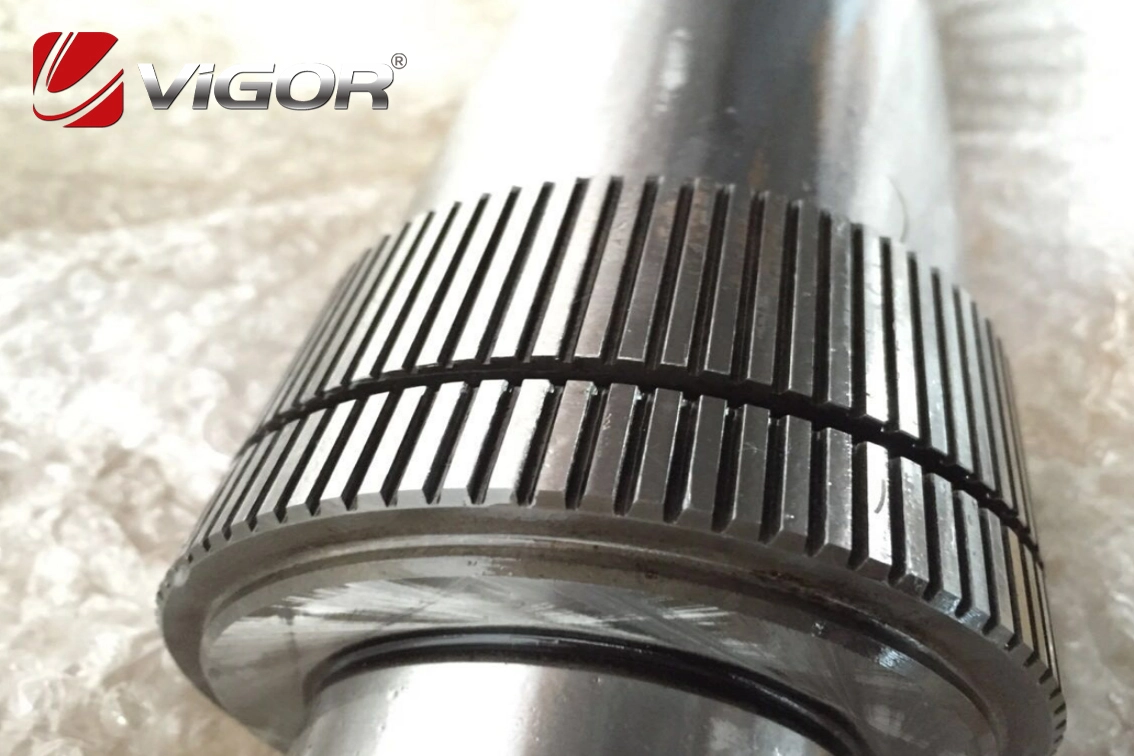
The manufacturing process involves multiple steps, with the goal of obtaining parts that meet requirements for dimensional accuracy, shape accuracy, positional accuracy, surface roughness, surface hardness, and microstructure. The process flow depends on the material, batch size, precision requirements, and structural characteristics (integral vs. assembled).
2025-07-09 14:45:43
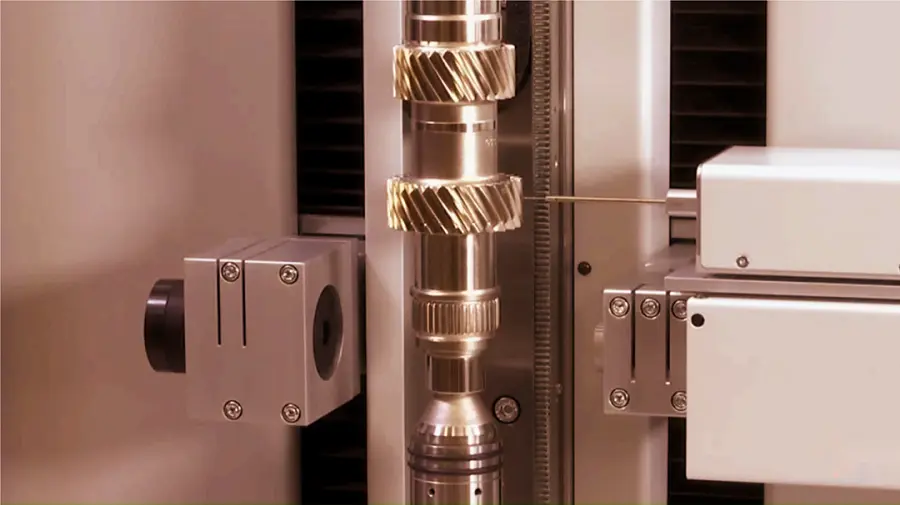
When choosing materials, the core considerations are strength, toughness, wear resistance, impact resistance, machinability and cost. Heat treatment is the key to achieving high performance of the materials.
2025-07-03 18:50:09
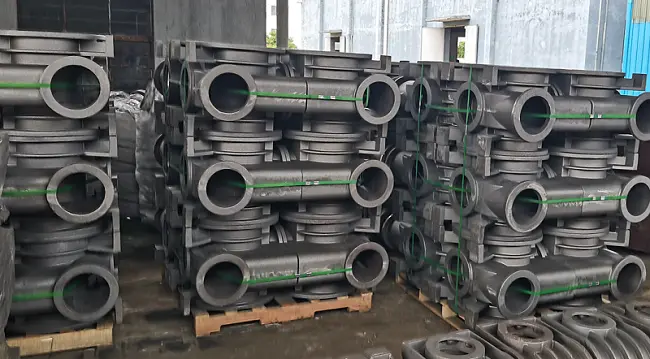
Gear Reducer Housing also named Gear reducer Casting, the Main Production Processes details are as following:
2025-07-03 18:40:48
Non-metallic inclusions, which may sound like "impurities" in steel, are actually extremely harmful! They are non-metallic compounds such as oxides, sulfides, and silicates that remain in the metal matrix during steelmaking and casting processes. Just like "blood clots" in the human body, they can disrupt the uniformity of materials and become the "culprits" of pressure vessel failure! According to the GB/T 10561 standard, non-metallic inclusions are classified into five types: A (sulfides), B (alumina), C (silicates), D (globular oxides), and DS (single large inclusions). Each type is further divided into grades 0.5 to 5 based on length or quantity (the higher the value, the greater the hazard). 、
2025-06-27 15:49:22

The selection of different structures, materials, and manufacturing processes for gear reducer housings is crucial to their performance (strength, rigidity, sealing, vibration and noise reduction, heat dissipation), cost, weight, and service life. The following is a detailed analysis:
2025-06-27 15:44:08
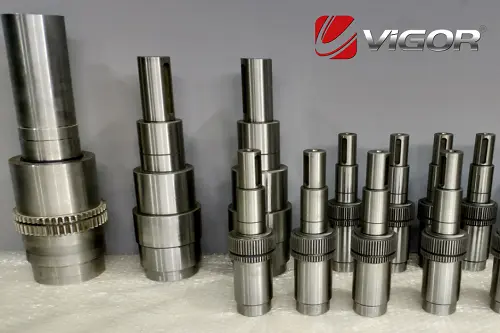
Let's systematically sort out the classification, common materials and production processes of gear shafts. Gear shafts are key mechanical parts that integrate gears and shafts in one design and manufacture, used for transmitting power and motion.
2025-06-27 15:22:44
Metal forming methods are an important part of part design and a matter of great concern to manufacturers. Today, we will take you to explore the major metal forming processes: casting, plastic forming, machining, welding, powder metallurgy, metal injection molding, semi-solid metal forming, and 3D printing.
2025-06-26 17:35:37
Common impurity elements in steel include phosphorus, sulfur, hydrogen, nitrogen and oxygen. Under normal circumstances, these elements have a detrimental effect on the properties of steel. However, some of them can play a beneficial role under specific conditions and become alloying elements.
2025-06-26 17:29:57
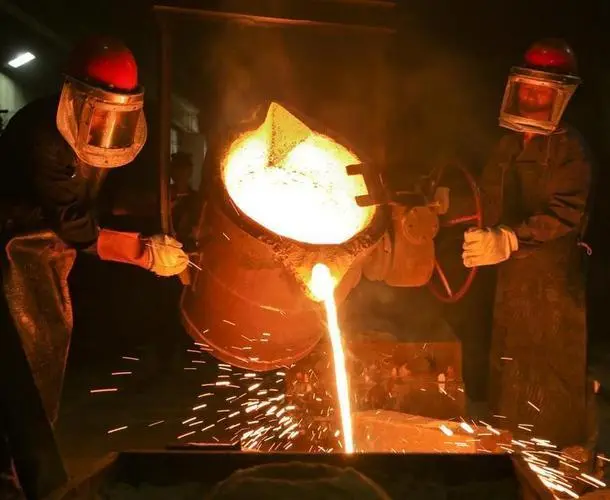
Alloying elements in steel
2025-06-26 17:19:41
Metal forming methods are an important part of part design and a matter of great concern to manufacturers. Today, we will take you to explore the major metal forming processes: casting, plastic forming, machining, welding, powder metallurgy, metal injection molding, semi-solid metal forming, and 3D printing.
2025-06-25 15:47:45
There are many systematic errors that affect the dimensional variation of castings, including four main dimensional change factors: mold processing tolerance, wax pattern shrinkage, shell expansion, and alloy shrinkage. The basic physical shrinkage from mold to wax pattern and the solidification shrinkage of the casting are the two main reasons for the final dimensional variation of the casting. Research shows that in steel castings, the dimensional accuracy of the final casting is mainly transferred from the dimensional accuracy of its corresponding wax pattern.
2025-06-25 15:30:18
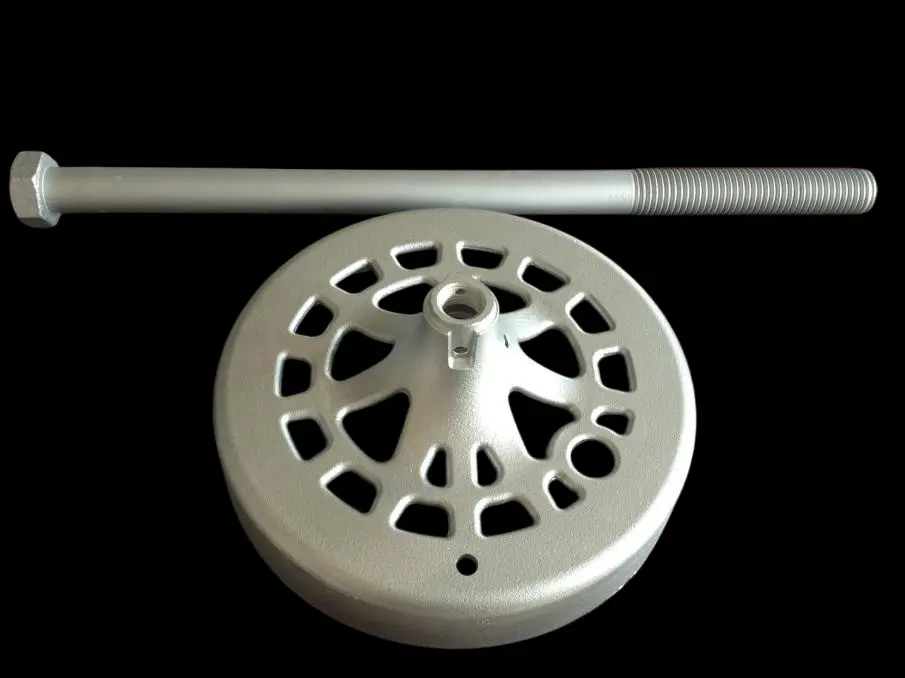
The Dacromet coating process is a brand-new surface treatment technology, also known as Dacrol, Dacron, zinc chromate film, and Dacromet, etc. It was invented by Americans in the early 1970s and was transferred to MCI Company in the United States, DACRAL Company in France, and NDS Company in Japan around 1976. With the development of the global economy, environmental protection has increasingly become an important part of social economy and trade. In 1996, the former Ministry of Machinery Industry of China listed the Dacromet process as a key development project for clean production in the sustainable development of the machinery industry, which is a kind of "green electroplating". In industrialized countries, the Dacromet metal surface anti-corrosion technology has been adopted as an anti-corrosion treatment process to replace traditional processes such as electro-galvanizing, hot-dip galvanizing, electro-cadmium plating, zinc-based alloy plating, and phosphating, which cause serious pollution. This is a new process that fundamentally reduces environmental pollution.
2025-06-24 13:51:59
364



